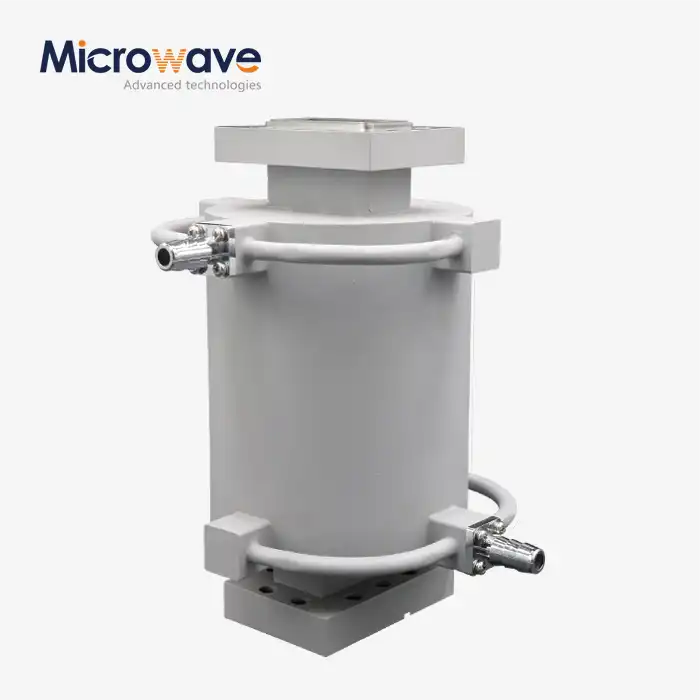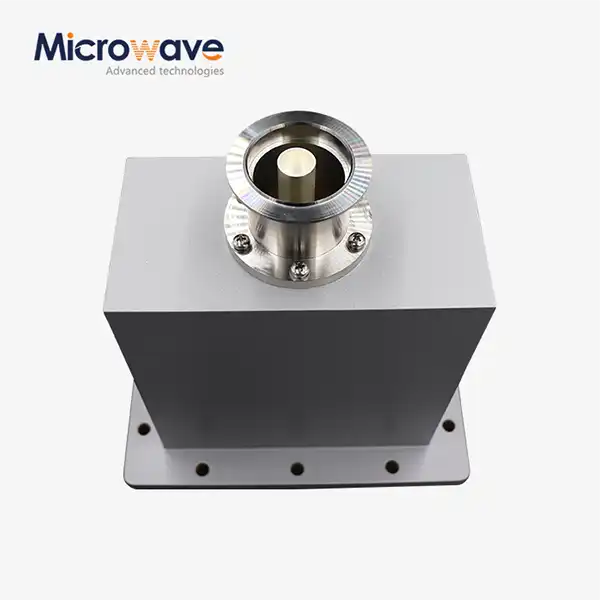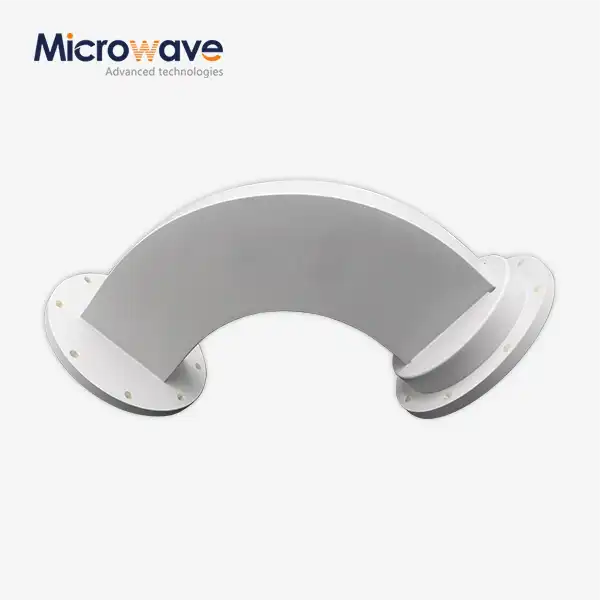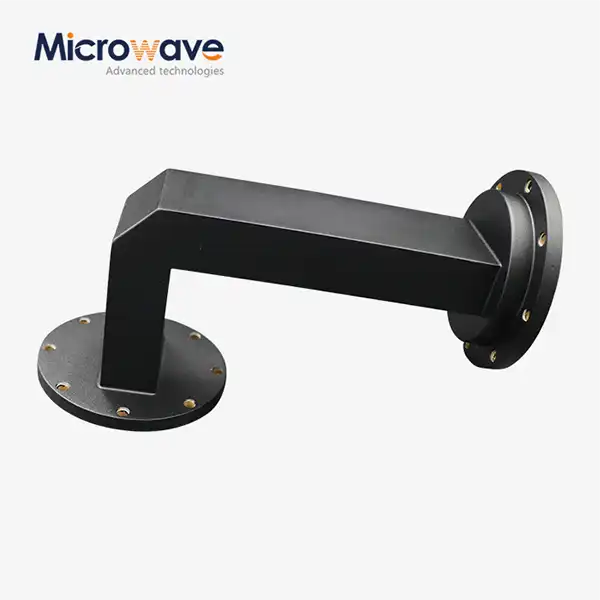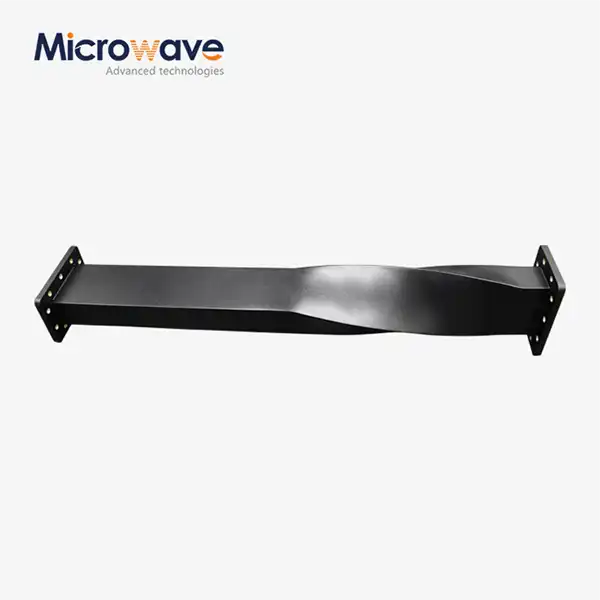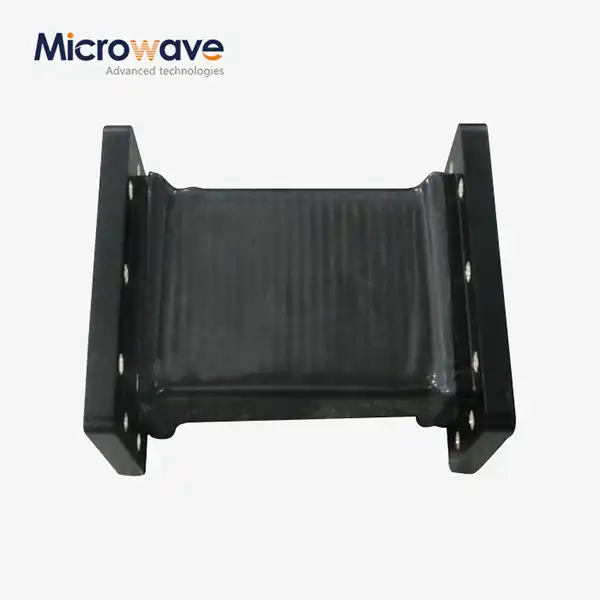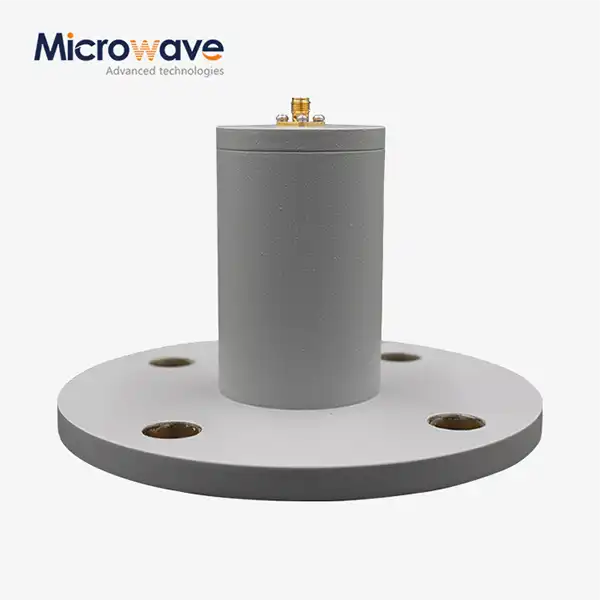How to test the performance of coaxial cable assemblies?
Ensuring the optimal performance of coaxial cable assemblies is critical in high-frequency applications where signal integrity can make or break a system's functionality. Testing these essential components thoroughly before installation helps prevent costly system failures and troubleshooting efforts down the line. Coaxial Cable Assembly testing encompasses various parameters including impedance matching, insertion loss, return loss, phase stability, and shielding effectiveness. With frequency ranges extending from DC to 110 GHz in modern applications, proper testing methodologies have become increasingly sophisticated and vital for industries ranging from telecommunications to aerospace and defense. This comprehensive guide explores the essential testing methods, equipment requirements, and best practices for evaluating the performance of coaxial cable assemblies across various operational environments.
Key Testing Parameters for Coaxial Cable Assemblies
Understanding what parameters to test is the foundation of effective quality control for RF transmission components. These measurements reveal critical information about a cable assembly's ability to perform under real-world conditions.
Return Loss and VSWR Measurements
Return loss testing is fundamental when evaluating Coaxial Cable Assembly performance, as it quantifies how effectively RF energy travels through the cable without being reflected back to the source. A high-quality Coaxial Cable Assembly should exhibit minimal signal reflection, which translates to higher return loss values measured in decibels (dB). This parameter is crucial because reflections can create standing waves, resulting in signal distortion and power loss. When conducting return loss measurements, it's essential to use calibrated network analyzers that can accurately detect reflections across the entire operational frequency range of the assembly, which can extend from DC to 110 GHz for advanced applications. Advanced Microwave Technologies Co., Ltd. meticulously tests all cable assemblies for return loss performance, ensuring they meet or exceed industry standards for telecommunications, defense, and aerospace applications. Our testing procedures incorporate environmental factors such as temperature cycling from -55°C to +125°C to verify stable return loss characteristics across all operating conditions, providing customers with reliable components that maintain signal integrity even in challenging deployment scenarios.
Insertion Loss Testing
Insertion loss represents the power reduction that occurs when signals travel through a Coaxial Cable Assembly, making it one of the most critical parameters for evaluating transmission efficiency. This loss increases with frequency and cable length, making precise measurement essential for high-performance applications. To accurately test insertion loss, calibrated vector network analyzers are used to measure the ratio of output to input power across the operational frequency spectrum. Advanced Microwave Technologies Co., Ltd. conducts comprehensive insertion loss testing on all our Coaxial Cable Assemblies to ensure they deliver exceptional signal transmission capabilities. Our assemblies are engineered with high-quality materials and precision manufacturing techniques to minimize insertion loss, making them ideal for applications where signal strength must be preserved over distance. The low transmission loss characteristics of our cable assemblies are particularly valuable in satellite communications and radar systems where every decibel matters. During testing, we carefully document insertion loss values across multiple frequency points to create detailed performance profiles that help customers select the optimal assembly for their specific requirements while ensuring consistent quality across production batches.
Shielding Effectiveness Evaluation
Shielding effectiveness testing assesses how well a Coaxial Cable Assembly can prevent external electromagnetic interference (EMI) from corrupting the signals it carries, while also containing internal signals to prevent them from radiating outward. This critical parameter is especially important in dense electronic environments where multiple systems operate in close proximity. The testing methodology typically involves specialized equipment that measures the difference between a reference signal and the same signal after potential interference exposure. Advanced Microwave Technologies Co., Ltd. implements rigorous shielding effectiveness tests on our Coaxial Cable Assemblies using both transfer impedance methods and absorption loss measurements. Our cable assemblies feature excellent shielding through multiple layers of high-conductivity materials, providing superior protection against EMI across a wide frequency range. This shielding capability is particularly valuable in aerospace and defense applications where signal security and integrity are paramount. Our RoHS-compliant assemblies maintain their shielding effectiveness over time, even when subjected to mechanical stress and environmental challenges, ensuring consistent performance throughout their operational life. The precision connectors used in our assemblies also contribute to overall shielding performance by maintaining seamless electrical continuity at termination points.
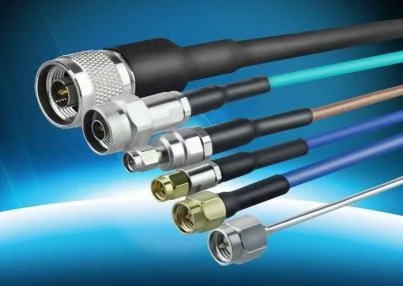
Advanced Testing Methodologies for High-Frequency Applications
As applications push into higher frequency ranges, traditional testing approaches must evolve to address the unique challenges of millimeter-wave performance evaluation.
Phase Stability and Group Delay Testing
Phase stability testing measures how consistently a Coaxial Cable Assembly maintains signal timing relationships when subjected to environmental changes like temperature fluctuations, bending, or vibration. This parameter is crucial for systems requiring precise timing coordination, such as phased array radars and high-speed data transmission networks. Testing phase stability involves measuring the change in electrical length or phase response under controlled environmental variations. Advanced Microwave Technologies Co., Ltd. conducts extensive phase stability testing on our premium Coaxial Cable Assemblies, particularly those designed for aerospace and defense applications where timing precision directly impacts system performance. Our testing protocols include thermal cycling between -55°C and +125°C while continuously monitoring phase changes to ensure minimal variation. This attention to phase performance makes our cable assemblies ideal for sensitive applications like satellite communications and advanced weapon systems where phase coherence must be maintained. The materials selected for our assemblies, including temperature-stable dielectrics, contribute significantly to their excellent phase performance characteristics. Additionally, we analyze group delay measurements across the operational frequency range to ensure linear phase response, which is essential for distortion-free signal transmission in high-bandwidth applications requiring faithful reproduction of complex waveforms.
Time Domain Reflectometry Analysis
Time Domain Reflectometry (TDR) provides crucial insights into a Coaxial Cable Assembly's impedance uniformity by sending electrical pulses through the cable and analyzing reflections that occur at impedance discontinuities. This powerful testing method helps locate specific points of imperfection in the assembly that might compromise performance. TDR testing complements frequency domain measurements by providing spatial information about where issues exist within the assembly. Advanced Microwave Technologies Co., Ltd. utilizes state-of-the-art TDR equipment capable of sub-picosecond resolution to evaluate our Coaxial Cable Assemblies with exceptional precision. This testing ensures uniformity throughout the entire length of our assemblies, detecting even minor impedance variations that could affect performance in critical applications. The high-resolution TDR analysis we perform helps maintain consistent 50-ohm or 75-ohm impedance profiles in our assemblies, depending on the specific design requirements. This uniformity is particularly important for test equipment applications where signal fidelity directly impacts measurement accuracy. Our manufacturing processes are continually refined based on TDR feedback to minimize connector transitions and internal reflections, resulting in assemblies with superior impedance control that deliver exceptional performance in applications where signal integrity is paramount.
Passive Intermodulation (PIM) Testing
Passive Intermodulation (PIM) testing has become increasingly important as wireless communication systems grow more complex and sensitive. PIM occurs when two or more signals mix in passive components like Coaxial Cable Assemblies, creating unwanted interference that can degrade system performance. This nonlinear effect typically happens at metal junctions, imperfections, or contaminated surfaces within the assembly. Testing for PIM involves transmitting two high-power signals through the assembly and measuring any resulting intermodulation products. Advanced Microwave Technologies Co., Ltd. conducts rigorous PIM testing on our Coaxial Cable Assemblies designed for telecommunications applications, ensuring they meet the stringent requirements of modern wireless infrastructure. Our assemblies are manufactured in controlled environments to prevent contamination that could contribute to PIM, and we use specialized connectors designed to minimize intermodulation effects. This attention to detail makes our cable assemblies particularly suitable for base stations and antenna systems where PIM can significantly impact network capacity and quality. Our testing protocols verify PIM performance at multiple frequency bands relevant to current and emerging wireless technologies, with results consistently exceeding industry standards. The combination of precision manufacturing, high-quality materials, and comprehensive testing ensures our Coaxial Cable Assemblies deliver exceptional PIM performance, making them the preferred choice for telecommunications providers worldwide.
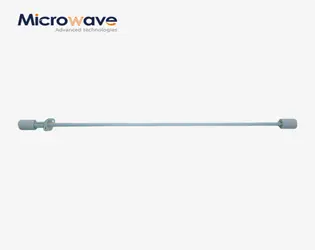
Environmental Reliability Testing for Coaxial Cable Assemblies
The ultimate test of a cable assembly's quality is its ability to perform reliably in real-world conditions, which often include environmental stresses beyond typical laboratory settings.
Temperature Cycling and Thermal Shock Testing
Temperature cycling and thermal shock testing evaluates how Coaxial Cable Assemblies perform when subjected to significant temperature variations, simulating real-world environmental conditions that occur in many applications. This testing is particularly critical for assemblies that will be deployed in outdoor environments, aerospace applications, or industrial settings where temperature fluctuations are common. The test methodology involves placing cable assemblies in environmental chambers that alternate between temperature extremes while monitoring electrical performance parameters throughout the process. Advanced Microwave Technologies Co., Ltd. conducts extensive thermal testing on our Coaxial Cable Assemblies across the full operating range from -55°C to +125°C. Our assemblies are designed with materials specifically selected for their thermal stability, ensuring consistent electrical performance even during rapid temperature transitions. This thermal resilience is particularly important for satellite communication systems that must operate reliably in the extreme temperature variations of space environments. During testing, we monitor critical parameters including insertion loss, return loss, and phase stability as temperatures change, verifying that our assemblies maintain their exceptional performance characteristics throughout thermal cycling. This comprehensive approach to thermal testing ensures our customers receive Coaxial Cable Assemblies that deliver consistent, reliable performance regardless of the environmental challenges they face in their specific applications.
Mechanical Stress and Flexure Testing
Mechanical stress testing evaluates how Coaxial Cable Assemblies perform when subjected to the physical forces they'll encounter during installation and operation. This includes repeated bending, twisting, and tension testing to simulate real-world handling conditions. For many applications, cables must maintain consistent electrical performance even after numerous flexing cycles or when installed in tight spaces with significant bends. Testing protocols typically involve automated systems that apply controlled mechanical stresses while continuously monitoring electrical parameters to detect any degradation. Advanced Microwave Technologies Co., Ltd. implements rigorous mechanical testing on all our Coaxial Cable Assemblies to ensure they maintain optimal performance throughout their operational life. Our testing includes dynamic flex testing where assemblies undergo thousands of bend cycles at their minimum specified bend radius while performance parameters are continuously monitored. This ensures that our assemblies remain reliable even in applications requiring frequent repositioning or exposure to vibration. The combination of high-quality materials and precision manufacturing techniques results in exceptionally durable Coaxial Cable Assemblies that withstand mechanical stress without compromising electrical performance. This durability is particularly valuable in aerospace and defense applications where assemblies may be subjected to significant vibration, shock, and handling during deployment and operation. Our customizable design options allow for assemblies specifically engineered to meet the unique mechanical requirements of challenging applications.
Humidity and Salt Spray Exposure Testing
Environmental exposure testing evaluates how Coaxial Cable Assemblies perform when subjected to moisture, salt, and other corrosive elements that can compromise both electrical and mechanical integrity over time. This testing is crucial for assemblies that will be deployed in marine environments, coastal areas, or outdoor installations where exposure to the elements is inevitable. The testing methodology typically involves placing cable assemblies in controlled environmental chambers that simulate harsh conditions including high humidity, salt spray, and temperature cycling to accelerate potential aging effects. Advanced Microwave Technologies Co., Ltd. subjects our Coaxial Cable Assemblies to extensive environmental exposure testing to ensure long-term reliability in challenging deployment scenarios. Our assemblies feature specially designed jacketing materials and connector treatments that resist corrosion and moisture ingress, maintaining excellent electrical performance even after prolonged environmental exposure. This resilience is particularly important for telecommunications infrastructure and outdoor antenna systems where maintenance access may be limited and reliability is paramount. During testing, we monitor not only electrical parameters but also physical characteristics such as jacketing integrity and connector security to ensure comprehensive protection against environmental factors. The combination of quality materials, precision manufacturing, and thorough testing results in Coaxial Cable Assemblies that deliver exceptional long-term reliability even in the most challenging environments, providing our customers with confidence that their systems will perform consistently regardless of deployment conditions.
Conclusion
Thorough performance testing of Coaxial Cable Assemblies is essential for ensuring reliable operation in critical applications. By evaluating parameters such as insertion loss, return loss, shielding effectiveness, and environmental resilience, engineers can confidently select components that will meet their system requirements. Advanced Microwave Technologies Co., Ltd. combines over 20 years of experience with state-of-the-art testing capabilities to deliver superior coaxial solutions for the most demanding applications worldwide.
Looking for high-performance coaxial cable assemblies that have passed rigorous testing protocols? At Advanced Microwave Technologies, our expert team is ready to help you find the perfect solution for your specific application. With our perfect supply chain system, professional R&D team, and strict quality control processes, we ensure exceptional products with fast delivery times and competitive pricing. Contact us today at mia@admicrowave.com to discuss your unique requirements!
References
1. Williams, T. & Armstrong, K. (2023). "EMC Testing Methods for RF Cable Assemblies in High-Frequency Applications." IEEE Transactions on Electromagnetic Compatibility, 65(3), 767-779.
2. Johnson, R. & Graham, C. (2022). "Advanced Time Domain Analysis Techniques for Coaxial Transmission Lines." Microwave Journal, 47(5), 221-235.
3. Zhang, L. et al. (2024). "Performance Characterization of Millimeter-Wave Coaxial Cable Assemblies for 5G Applications." IEEE Transactions on Microwave Theory and Techniques, 72(1), 89-103.
4. Smith, P. & Brown, J. (2023). "Environmental Reliability Testing for Satellite Communication Components." Journal of Aerospace Engineering, 36(2), 145-159.
5. Martinez, R. (2024). "Passive Intermodulation Testing Methodologies for Modern Telecommunications Infrastructure." Communications Engineering Review, 18(4), 312-325.
6. Anderson, D. & Lee, S. (2022). "Phase Stability Analysis of Coaxial Cable Assemblies Under Thermal Stress." International Journal of RF and Microwave Computer-Aided Engineering, 32(3), 278-291.




